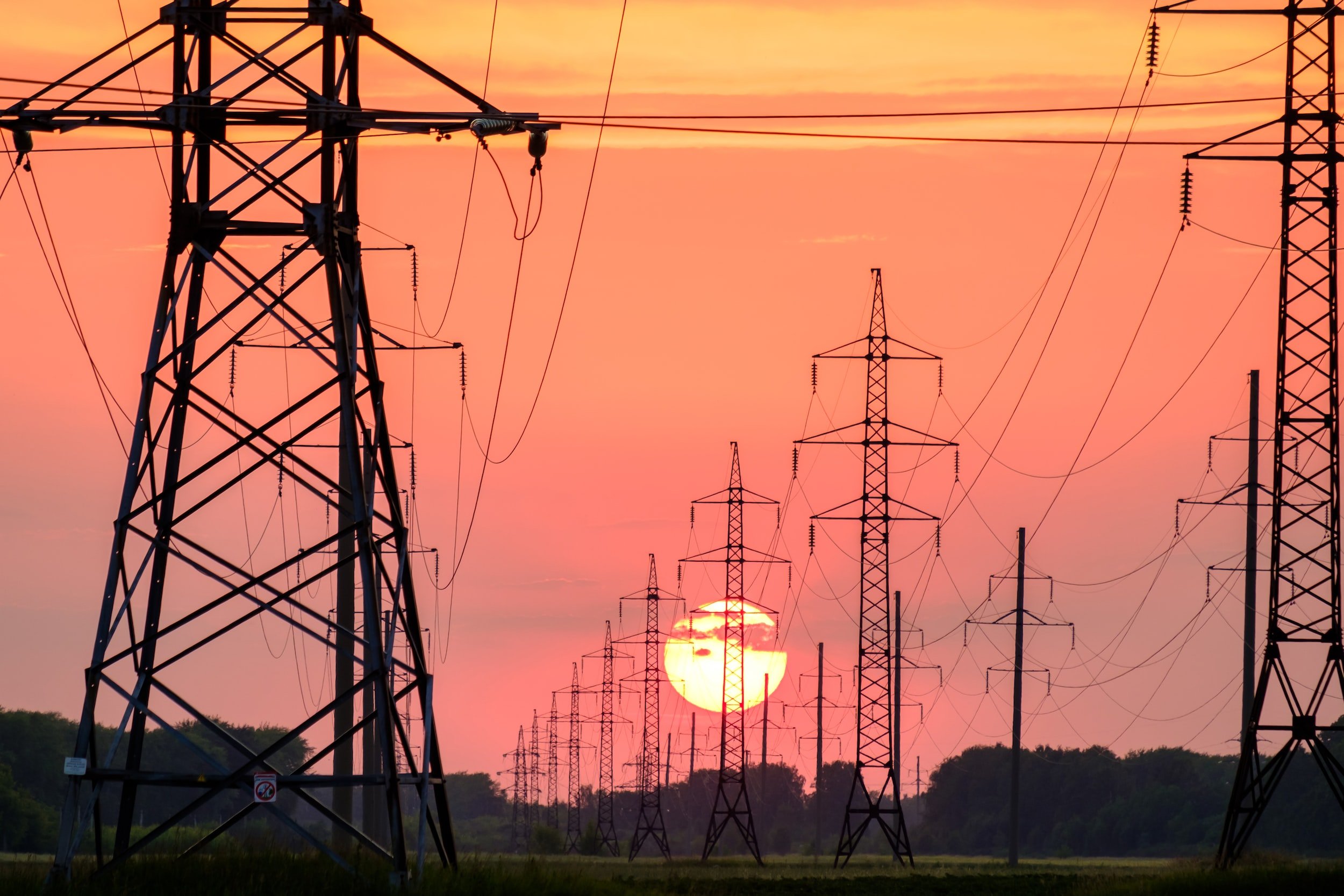Electricity Market Reform

Rocketing gas and electricity prices this year are putting the cost of energy back on the political agenda. As suppliers raise their prices, there will be more financial pressure on households and businesses, many of whom already struggle to afford their energy bills.
Rising prices are mainly due to higher gas prices as economies recover after the pandemic. But there are also other factors driving them up, including the rising cost of managing an electricity system with less reliable generation from offshore wind farms.
This winter, the Government and the regulator Ofgem will be closely monitoring energy bills to avoid customers being hit with excessive price increases next spring when the energy price cap is updated.
In the medium term, the Government must reform our energy system to reduce bills once and for all. The UK’s Electricity Market Reform was forward-thinking when it was introduced in the early-2010s, but it is increasingly clear that further reform is needed to allow customers to take advantage of the falling cost of renewables.
This summer, we have seen the challenges inherent in our current energy system, with high gas prices making gas power stations look expensive, persistently low wind speeds reducing output from wind farms, and a number of the UK’s ageing nuclear power stations offline for maintenance.
Last summer, we faced almost the opposite problem, with long periods of excess electricity generation as demand fell during the first coronavirus lockdown.
With offshore wind capacity set to quadruple by 2030, we will have more frequent periods of too much power or too little power, with these conditions perhaps just a few hours or a few days apart.
There are solutions to balance the intermittency of wind power, but they will only be developed if the Government provides incentives for the private sector to develop new and affordable technology, as it did with larger, more productive and cheaper offshore wind turbines.
As many have argued over a number of years, the market must lead our choices when it comes to the energy sector. Government made great strides through the Electricity Market Reform programme, establishing competitive auctions for offshore wind and setting up the Capacity Market to ensure reliable electricity supplies as we reduce our emissions.
To a great extent we have been victims of our own success, and the rapid deployment of new renewable technologies now requires a much more local approach, with new sources of green industrial activity concentrated in coastal hubs such as Teesside and Humberside to take advantage of cheap offshore wind and electrolysers producing hydrogen at times of high wind that can be used to provide back up when the wind doesn’t blow. The UK’s best wind resources are concentrated in many of our industrial hubs, reinforcing the fact that offshore wind is central to the Levelling Up agenda.
Households are a crucial part of our drive to decarbonise our energy system, so they should get new incentives, depending on where they are in the country. For example, a new pricing system might reward drivers in Cornwall for charging during sunny weather to take advantage of local solar farms, and reward drivers in Scotland for charging during windy weather to take advantage of local wind farms.
Of course, for smart charging to be appealing for customers, it will most likely have to be automated.
The good news is that much of this technology already exists, with innovative energy suppliers already taking advantage of smart meters to offer new types of tariffs to customers. The bad news is that the current design of our electricity market doesn’t fully reward customers for using energy at different times of day.
Today, we have a national price for electricity across all parts of Great Britain in each trading period, which dampens incentives to match supply and demand locally. Other markets are designed differently, including many US markets that use ‘local electricity pricing’.
With local pricing, prices reflect local supply and demand, which increasingly varies by time of day in different parts of the country depending on how windy or how sunny it is.
These changing demands on our energy system all point to the need for a second phase of electricity market reform, “EMR 2.0”, as argued for by organisations including Policy Exchange and the Energy Systems Catapult.
Local electricity pricing should be at heart of these reforms, alongside a review to ensure that subsidy auctions for offshore wind farms and the Capacity Market are fit for a Net Zero electricity system. Energy reforms must be supported by changes to the institutions governing the electricity system, including an Independent System Operator that is fully separate from the National Grid, something that has been long argued for and I am delighted to see the Government taking forward.
There’s much to be proud of and there is no doubt that with attention to the system itself, government can lead the way in not only decarbonising but keeping the costs to consumers down.





